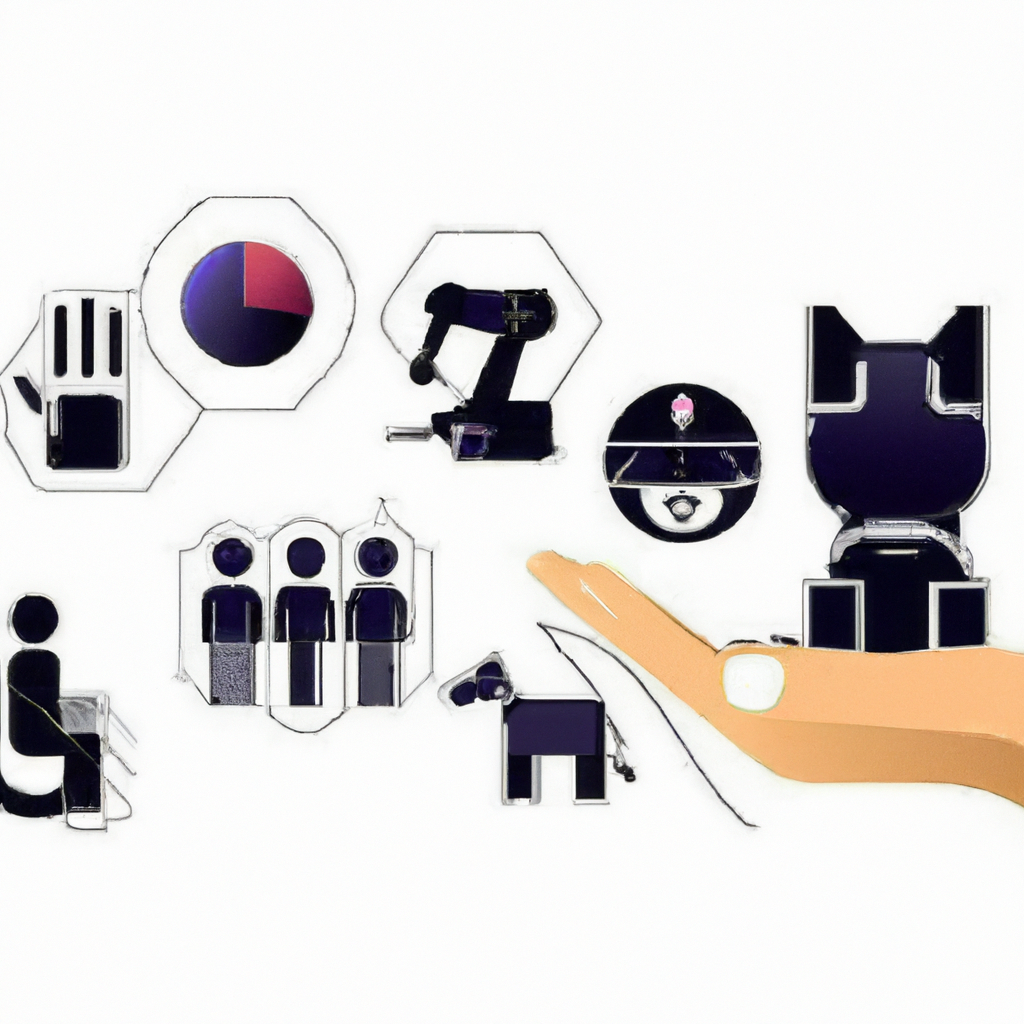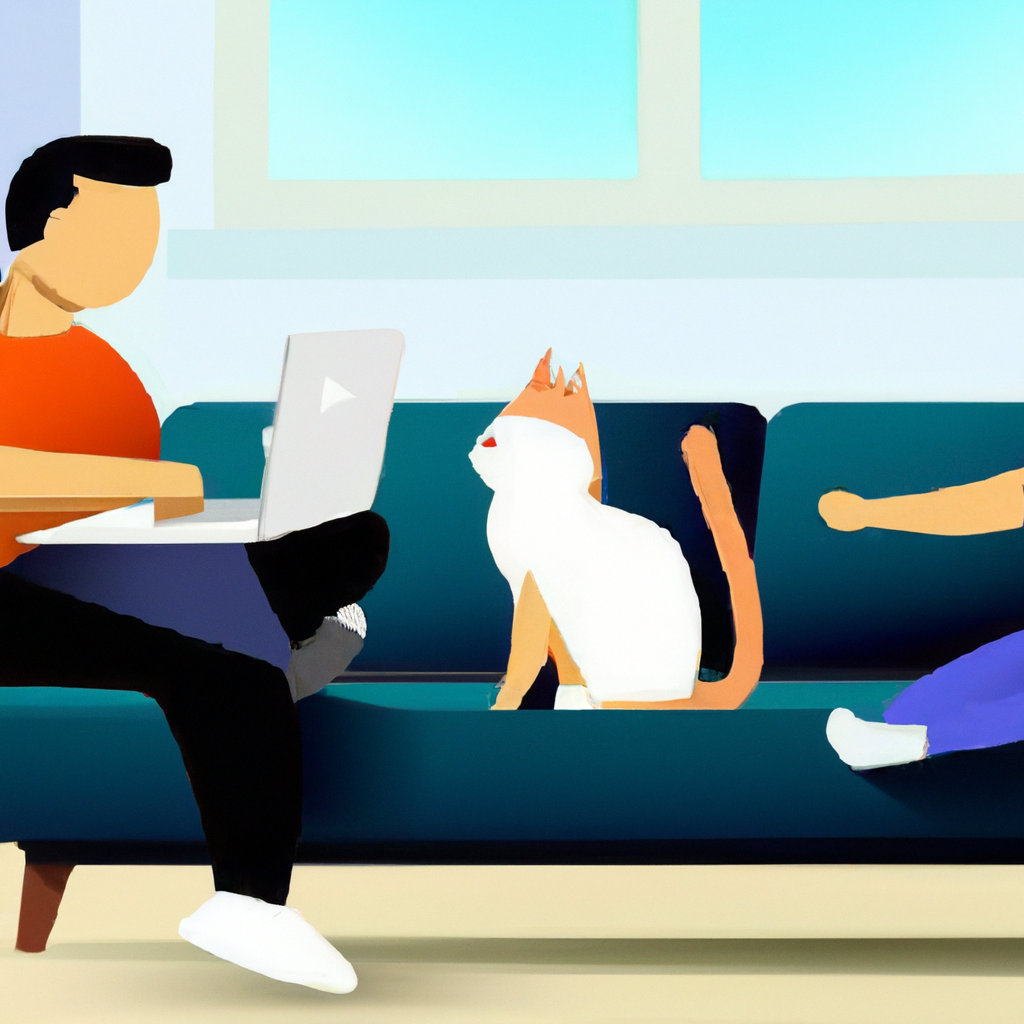Have you ever wondered about the latest trends and innovations in smart pet technology? From wearable devices that track your pet’s health to automated feeders that dispense food on a schedule, the world of smart pet technology is constantly evolving. In this article, we will explore some of the latest advancements in this exciting field, giving you a glimpse into the future of pet care. Discover how technology is revolutionizing the way we interact with and care for our furry companions, making their lives safer, healthier, and more enjoyable. Smart pet technology is constantly evolving and improving to provide pet owners with new and innovative ways to care for their furry friends. From GPS-enabled pet trackers to automatic feeding schedules, there are a wide range of smart devices available to help monitor, track, and interact with pets. In this article, we will explore some of the latest trends and innovations in smart pet technology and how they can benefit both pets and their owners.
Wireless Pet Tracking Systems
GPS-Enabled Pet Trackers
One of the most significant innovations in smart pet technology is the development of GPS-enabled pet trackers. These trackers use global positioning system (GPS) technology to locate and track pets in real-time. With a compact and lightweight design, GPS-enabled pet trackers can be attached to a pet’s collar or harness to ensure their safety and provide peace of mind for pet owners. These trackers can pinpoint the exact location of a pet if they were to stray or become lost, allowing owners to quickly and easily locate and retrieve their beloved furry companion.
Bluetooth Pet Trackers
Another popular trend in pet tracking systems is the use of Bluetooth technology. Bluetooth pet trackers work by connecting to a smartphone or tablet via Bluetooth, allowing pet owners to monitor their pet’s location and activity. These trackers typically have a limited range, making them ideal for use in small areas such as a home or backyard. Bluetooth pet trackers are often more affordable than GPS-enabled trackers and offer features such as virtual fences, which alert pet owners if their pet wanders outside of a designated area.
Wi-Fi Pet Trackers
Wi-Fi pet trackers are another innovative solution for pet owners looking to keep track of their pets. These trackers use Wi-Fi technology to connect to a home network, allowing pet owners to monitor their pet’s location and activity from their smartphone or computer. Wi-Fi pet trackers often offer real-time tracking, customizable alerts, and historical activity data. With the convenience of Wi-Fi connectivity, pet owners can easily keep an eye on their pet’s whereabouts, even when they are not at home.
Smart Feeders
Automatic Feeding Schedules
For pet owners with busy schedules, automatic feeding schedules can be a lifesaver. Smart feeders allow pet owners to set pre-determined feeding times and portion sizes for their pets. These feeders can dispense dry or wet food at specific intervals, ensuring that pets are fed at the right time, even when their owners are not home. Automatic feeding schedules can help maintain a consistent feeding routine, which is essential for pets’ overall health and well-being.
Remote Feeding Control
In addition to automatic feeding schedules, smart feeders often offer remote feeding control. With this feature, pet owners can manually dispense food to their pets, even when they are away from home. Using a smartphone app or a web-based interface, pet owners can initiate a feeding session, providing their pets with a meal even if they are stuck in traffic or running late. Remote feeding control not only ensures that pets are fed on time but also allows pet owners to interact with their pets and provide them with comfort, even when physically absent.
Meal Monitoring and Notifications
Many smart feeders now come equipped with meal monitoring and notification capabilities. These feeders can track the amount of food consumed by pets, allowing pet owners to monitor their pet’s feeding habits and detect any changes in appetite or behavior. Meal monitoring can be particularly useful for pet owners with pets on special diets or those looking to manage their pet’s weight. Smart feeders can send notifications to the pet owner’s smartphone, alerting them when their pet has been fed or if there are any irregularities in their pet’s feeding routine.
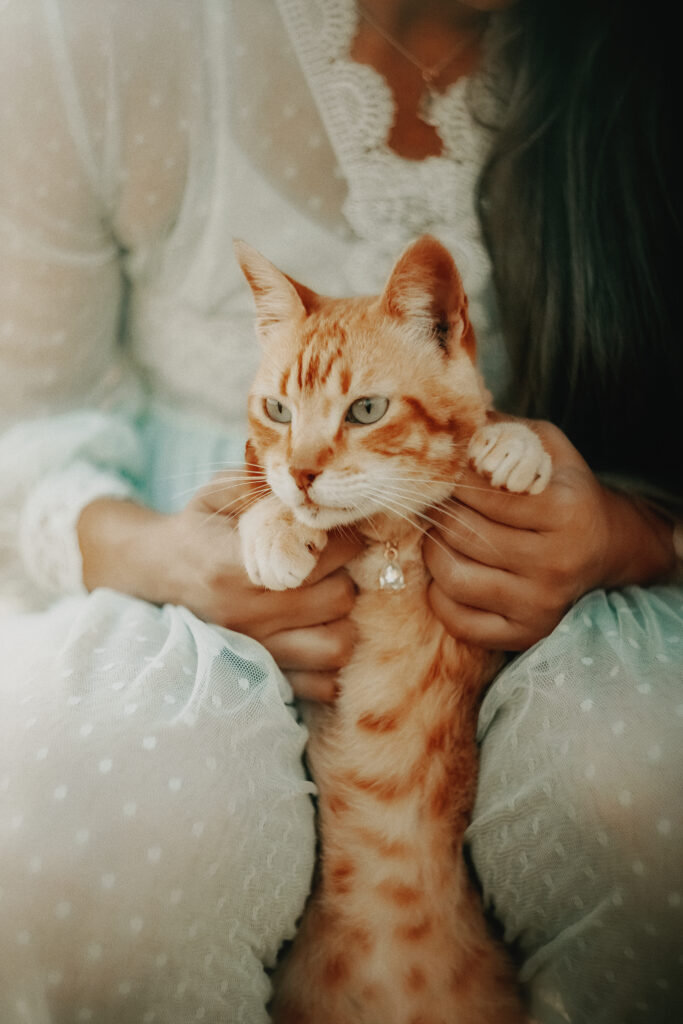
Smart Collars and Harnesses
Activity Monitoring and Fitness Tracking
Smart collars and harnesses are becoming increasingly popular among pet owners who want to keep track of their pet’s activity and fitness levels. These smart devices are equipped with sensors that can monitor a pet’s movement, exercise, and sleep patterns. By collecting and analyzing this data, pet owners can gain valuable insights into their pet’s overall health and well-being. Activity monitoring and fitness tracking can help pet owners ensure their pets are getting enough exercise and detect any changes in their pet’s behavior or activity levels that may indicate an underlying health issue.
Behavioral Monitoring and Training Assistance
Beyond activity and fitness tracking, smart collars and harnesses can also offer behavioral monitoring and training assistance. These smart devices use advanced algorithms to analyze a pet’s behavior and provide feedback to pet owners. For example, if a dog exhibits excessive barking or aggression, the smart collar or harness can detect these behaviors and provide feedback to the pet owner in real-time. With this information, pet owners can intervene and provide the necessary training or behavior modification techniques to address any behavioral issues.
Health Tracking and Vital Sign Monitoring
Smart collars and harnesses also have the capability to monitor a pet’s health and vital signs. Some devices can measure metrics such as heart rate, respiratory rate, and body temperature, providing pet owners with valuable information about their pet’s overall health and detecting any potential health issues early on. Additionally, smart collars and harnesses can integrate with veterinarian systems, allowing pet owners to easily share health data with their pet’s healthcare provider and receive personalized recommendations and advice.
Pet Cameras and Communication
Live Video Monitoring and Recording
Pet cameras have become a popular smart pet technology innovation, allowing pet owners to monitor their pets from anywhere at any time. These cameras offer live video streaming, enabling pet owners to check in on their pets and see what they are up to. Some cameras even have the ability to record video, allowing pet owners to capture adorable or funny moments to cherish later. Live video monitoring and recording can provide pet owners with peace of mind and help them stay connected with their pets, even when they are away from home.
Two-Way Audio Communication
In addition to video monitoring, many pet cameras also offer two-way audio communication. This feature allows pet owners to talk to their pets and offer comforting words, even from a remote location. With two-way audio communication, pet owners can provide reassurance to their pets, reduce separation anxiety, or simply engage in playful banter. This interactive feature can enhance the bond between pet owners and their pets and create a sense of togetherness, regardless of physical distance.
Interactive Play Features
Some pet cameras go beyond video monitoring and audio communication by offering interactive play features. These cameras may include laser pointers, treat dispensers, or interactive games that can be controlled remotely by pet owners. Interactive play features provide mental stimulation and entertainment for pets, helping to combat boredom and separation anxiety. With the ability to engage in playtime with their pets, even when they are not at home, pet owners can provide enrichment and fun for their furry friends.
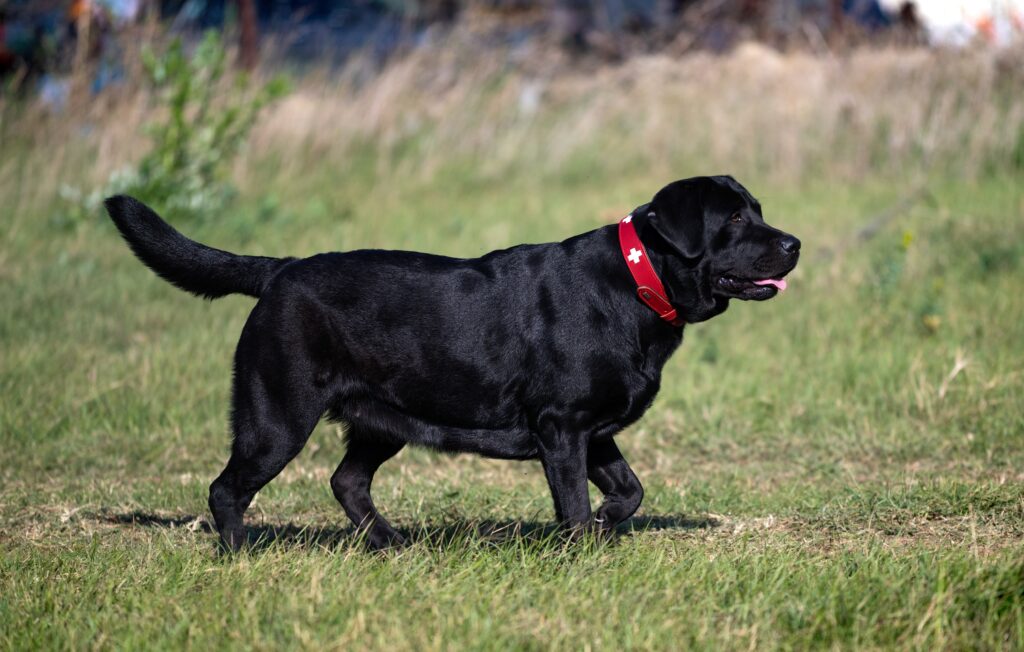
Smart Pet Doors
Microchip or RFID Unlocking
Smart pet doors have revolutionized the way pets enter and exit the home. These doors use microchip or radio frequency identification (RFID) technology to unlock and open only for authorized pets. By attaching a small device, such as a microchip or an RFID tag, to a pet’s collar or harness, pet owners can ensure that only their pets have access to the home. This technology eliminates the risk of intruder animals entering the house and allows pets to move freely in and out of the home without human intervention.
Remote Access and Control
One of the latest trends in smart pet doors is remote access and control. With remote access, pet owners can monitor and control the pet door from their smartphone or computer, providing an added layer of security and convenience. Remote control allows pet owners to lock or unlock the pet door, monitor their pet’s activity, and even receive notifications when their pet enters or exits the home. This feature is particularly useful for pet owners who want to ensure that their pets are safely inside the home during certain times or when they are away.
Curfew Modes and Activity Monitoring
Some smart pet doors offer curfew modes and activity monitoring features. Curfew modes allow pet owners to set specific times when the pet door will be locked, preventing pets from going outside during designated periods. Activity monitoring tracks the frequency and duration of a pet’s outdoor excursions, allowing pet owners to monitor and manage their pet’s outdoor activities. These features can be helpful for pet owners who want to establish boundaries or manage their pet’s access to the outdoors.
Smart Toys and Games
Automated Toys with Interactive Features
Smart toys and games are designed to engage and entertain pets, even when their owners are not available to play with them. These toys often feature automated movements, sounds, and interactive features that can capture a pet’s attention and keep them entertained for hours. Whether it’s a ball that rolls and dispenses treats or a plush toy that squeaks and moves on its own, smart toys provide mental stimulation and exercise for pets, preventing boredom and promoting healthy play behavior.
Remote-Controlled Toys
Another trend in smart pet technology is the development of remote-controlled toys. These toys allow pet owners to interact with their pets from a distance, offering a fun and interactive play experience. By using a smartphone app or a remote control, pet owners can control the movements and actions of the toy, enticing their pets to chase, pounce, or fetch. Remote-controlled toys can provide mental and physical stimulation for pets, helping to keep them active and engaged, even when their owners are not available for playtime.
Puzzle Toys and Treat Dispensers
Puzzle toys and treat dispensers are not only fun but also provide mental stimulation and reward for pets. These toys are designed to challenge and engage pets’ minds, requiring them to solve puzzles or complete tasks to access treats or rewards. By stimulating a pet’s problem-solving skills and natural instincts, puzzle toys and treat dispensers can provide hours of entertainment and mental enrichment. Additionally, these toys can help slow down fast eaters and promote healthy eating habits by making pets work for their food.
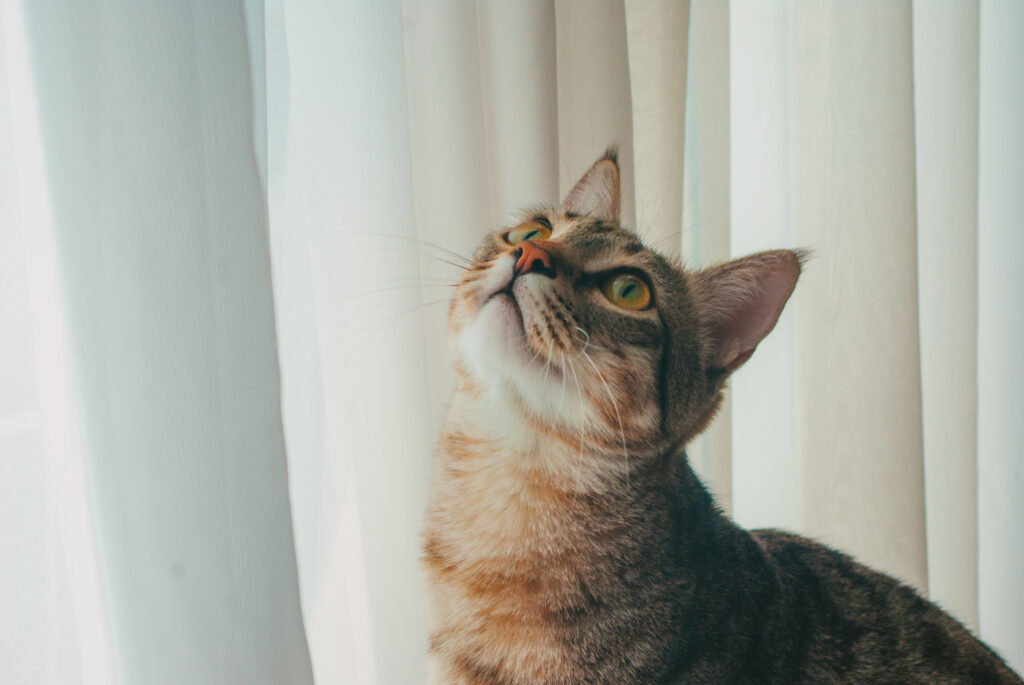
Smart Litter Boxes
Self-Cleaning and Odor Control
Smart litter boxes offer a convenient and hygienic solution for pet owners, particularly those with cats. These litter boxes often feature self-cleaning mechanisms that automatically remove waste, reducing the need for manual scooping and eliminating odors. With sensors that detect when a pet has used the litter box, smart litter boxes can initiate a cleaning cycle, ensuring that the litter box remains clean and odor-free. Self-cleaning and odor control features in smart litter boxes can save pet owners time and effort while maintaining a clean and fresh environment for their pets.
Waste Monitoring and Health Indicators
Some smart litter boxes go beyond self-cleaning and odor control by offering waste monitoring and health indicators. These litter boxes can analyze a pet’s waste, providing valuable information about their pet’s health, including urinary tract infections, dehydration, or other health issues. By alerting pet owners to any abnormalities in their pet’s waste, smart litter boxes can help detect health problems early on, allowing for prompt veterinary attention. Waste monitoring and health indicators in smart litter boxes can be a crucial tool in maintaining a pet’s overall health and well-being.
Remote Monitoring and Maintenance Notifications
Smart litter boxes often come equipped with remote monitoring and maintenance notifications. With remote monitoring, pet owners can check the status of the litter box, including waste levels and cleaning cycles, from their smartphone or computer. Maintenance notifications can alert pet owners when it’s time to replace the litter or clean the litter box, ensuring that the litter box remains clean and functional at all times. Remote monitoring and maintenance notifications offer convenience and peace of mind for pet owners, allowing them to stay on top of their pet’s litter box needs.
Smart Training Devices
Remote Training and Obedience Tools
Smart training devices have revolutionized the way pet owners train and communicate with their pets. These devices use advanced technology to remotely train pets and reinforce positive behavior. For example, smart training collars may emit a vibration, sound, or mild static correction to redirect a pet’s behavior or reinforce a desired action. With remote training and obedience tools, pet owners can effectively train their pets and address behavioral issues without the need for physical interventions or harsh training methods.
Virtual Training and Coaching
Another trend in smart training devices is virtual training and coaching. Some devices integrate with smartphone apps or online platforms that offer training programs, tutorials, and coaching from professional trainers. Pet owners can access a wide range of training resources and personalized guidance to help them train their pets effectively. Virtual training and coaching provide pet owners with flexibility and convenience, allowing them to learn and practice training techniques at their own pace and in the comfort of their own home.
Positive Reinforcement Systems
Smart training devices often focus on positive reinforcement, using rewards and praise to encourage desired behaviors in pets. By utilizing positive reinforcement systems, pet owners can motivate their pets to exhibit good behavior, such as sitting, staying, or coming when called. These devices may dispense treats, provide verbal praise, or activate a favorite toy as a reward for a pet’s correct response. Positive reinforcement systems create a positive and rewarding training experience for pets, making the training process enjoyable for both pets and their owners.
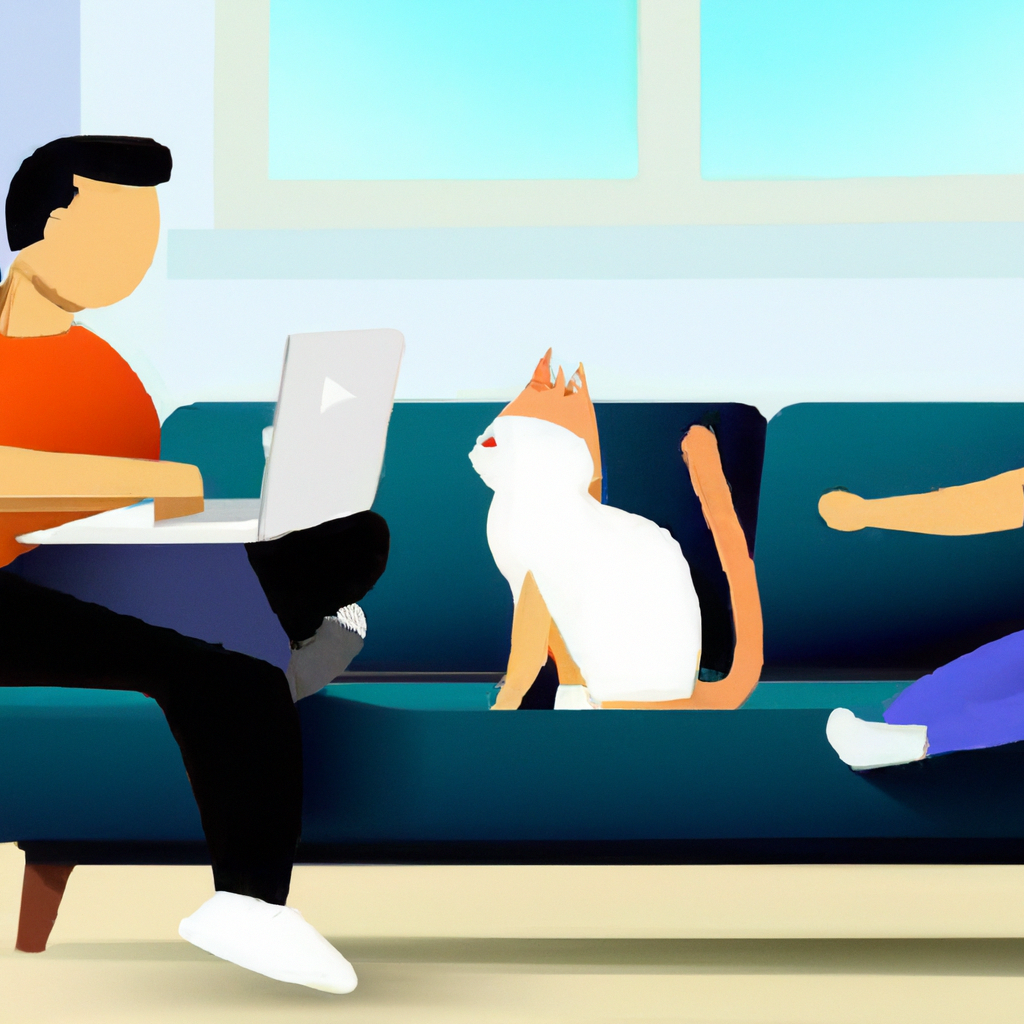
Automatic Water Dispensers
Filtered Water Supply
Automatic water dispensers offer a constant supply of fresh, clean water for pets, eliminating the need for manual refilling and ensuring that pets have access to clean water at all times. Some automatic water dispensers even go a step further by incorporating a water filtration system. These dispensers filter tap water, removing impurities and odors, and providing pets with fresh and taste-free water. Filtered water supply in automatic water dispensers promotes hydration and helps maintain pets’ overall health and well-being.
Timed Dispensing
To ensure that pets have access to water throughout the day, some automatic water dispensers feature timed dispensing. Pet owners can set specific intervals for water to be dispensed, providing a regular supply of water for pets, even when their owners are not around. Timed dispensing is particularly useful for pet owners with busy schedules or those who want to maintain a consistent water supply for their pets. With automatic water dispensers, pet owners can rest assured that their pets will always have access to fresh water, promoting proper hydration and preventing dehydration.
Water Consumption Monitoring
Smart automatic water dispensers often offer water consumption monitoring capabilities. These dispensers can track and record the amount of water consumed by pets, allowing pet owners to monitor and manage their pet’s water intake. Water consumption monitoring can be particularly valuable for pet owners who want to ensure their pets are drinking enough water, especially in cases of health conditions such as kidney disease or urinary tract issues. By keeping track of their pet’s water consumption, pet owners can ensure that their pets are properly hydrated and seek veterinary attention if needed.
Health and Wellness Monitoring
Vital Sign Monitoring
Smart pet technology has made it easier than ever for pet owners to monitor their pet’s vital signs. With devices that measure metrics such as heart rate, respiratory rate, and body temperature, pet owners can gain valuable insights into their pet’s overall health and detect any potential health issues early on. Vital sign monitoring is particularly beneficial for senior pets or pets with pre-existing health conditions, allowing pet owners to track changes in their pet’s health and seek veterinary care promptly.
Activity Tracking and Exercise Goals
Just like humans, pets require regular exercise to maintain their overall health and well-being. Smart pet technology offers activity tracking and exercise goal features, allowing pet owners to monitor and manage their pet’s exercise routine. These devices measure a pet’s movement and activity levels, calculating metrics such as steps taken, calories burned, or distance traveled. By setting exercise goals and tracking progress, pet owners can ensure that their pets are receiving the appropriate amount of exercise and adjust their routine if necessary.
Calorie Intake Monitoring
Maintaining a healthy weight is essential for a pet’s overall health and longevity. Some smart pet technology devices offer calorie intake monitoring, allowing pet owners to keep track of their pet’s daily caloric consumption. By monitoring calorie intake, pet owners can ensure that their pets are receiving the appropriate amount of food and adjust their portion sizes accordingly. Calorie intake monitoring is particularly valuable for pets on weight management programs or those prone to obesity. With this feature, pet owners can help their pets maintain a healthy weight and prevent weight-related health issues.
As technology continues to advance, the possibilities for smart pet technology are endless. From GPS-enabled pet trackers to smart litter boxes, these innovations are providing pet owners with new and convenient ways to care for their pets. Whether it’s ensuring their safety and well-being, improving their physical and mental health, or enhancing the bond between pet owners and their pets, smart pet technology is revolutionizing the way we care for our furry companions. So, why not embrace the latest trends and innovations in smart pet technology and give your pet the best care possible?
